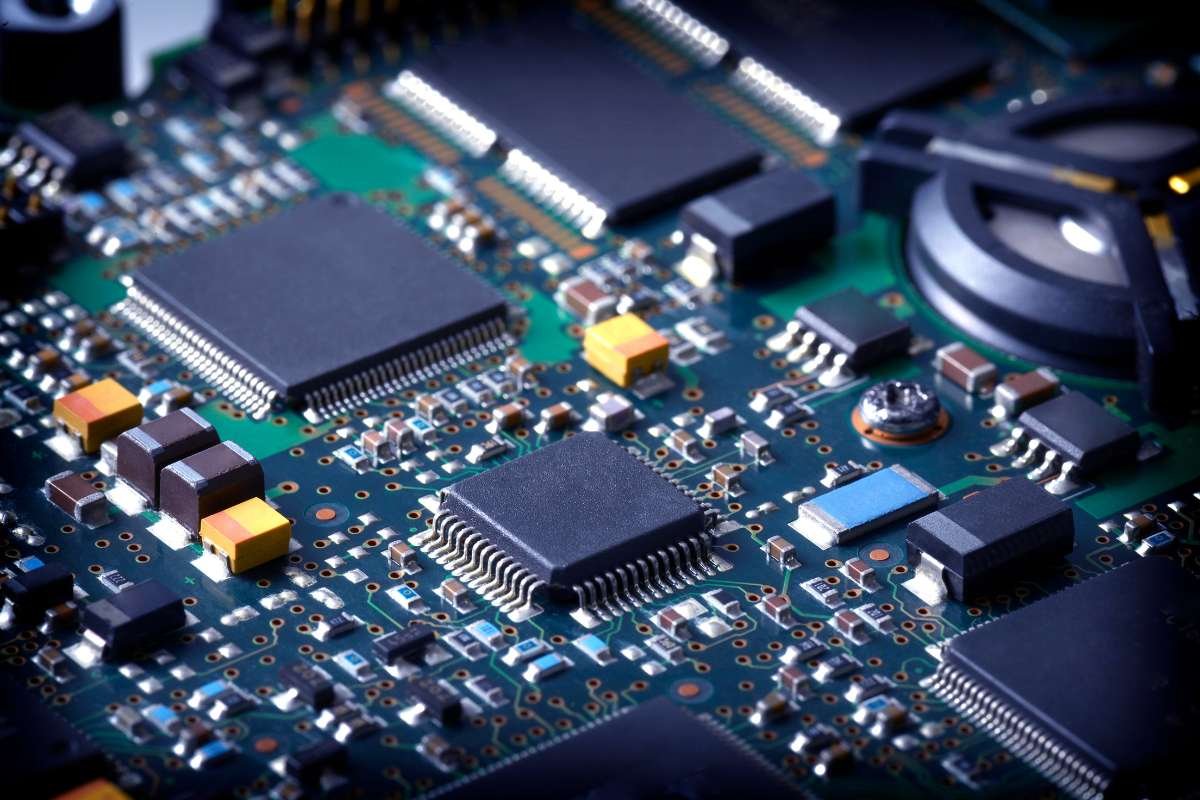The Moai statues are monuments on Easter Island in Chile. The highlights of these islands are the heads. It is believed that the moai were built in 1400- 1650 A.D, approximately. It is the easternmost outpost of the Polynesian island world. The island stands alone about 1900 km east of Pitcairn Island and 3540 km west of Chile. An enormous triangle is formed about 14 miles long and 7 miles wide, the area is about 63 square miles. The highest point Mt. Terevaka is 1969 feet above sea level.
The moai statues are believed to be built in honor of chieftains or other important people who were deceased. The stone platforms called ahu, rectangular in shape, were used which were tombs for the people that the statues represented. The features of the statues were made intentionally with different characteristics since they were intended to keep the appearance of the person they represented.
At that time, a group of carvers existed from whom the statues were bought. As the barter system prevailed in those times, the buying tribe would pay with whatever they had in large quantities. Bananas, sweet potatoes, chickens, mats, and obsidian tools. As a larger statue would mean a higher cost, bigger statues would also mean more greatness to the tribe. It would also be proof that the men at work are clever and hard-working enough to pay.
History of Easter Islands:
Some thousand years ago, a small group of Polynesians reached the world’s greatest ocean in search of new land. For generations, their ancestors had expanded towards the east in the vast Pacific Ocean, guided only by the stars. A new piece of land was found. The settlers of the tiny virgin island called their new home Te Pito o te Henua, which means “The Navel of the World”. The name seemed to fit with ease and they were thinking that there can be no place distant than this.

The inhabitants known as Rapa Nui, built a civilization of art, capable of carving, raising, and transporting hundreds of massive monolith statues using their own hands and stone. A sculpted writing called rono-rono has evolved. A culture had evolved, full of intellect, achievements, music, and legends- against all odds. It was in an environment one would not even expect. Since childhood, a detailed understanding of history was imbibed to make the children know where their roots come from. Until today, the Rapa Nui people remember the lineage back to the time when King Hotu Matu’a disembarked at the beach of Anakena quite some time ago.
How to get to Easter Island:
It is astonishing when we think about how Polynesian people reached Rapa Nui in the first place. Getting there today is far easier, but the island is still very much at a distance. Long flights from Rapa Nui, Santiago, and Tahiti are available to reach there.
Climate:
The climate is subtropical i.e. sunny and dry. The warmest months are January till March. The average temperature is 73*F (23*C) and the coolest months are June till August when the average temperature is 64*F (18*C). The average annual precipitation is about 49 inches but with considerable annual variation. September happens to be the driest month and the heaviest rainfall occurs during June and July by the passage of austral winter fronts. Winds in June and August are irregular; during the rest of the year trade winds from the east and the southeast are dominant.
Traditions, Beliefs & Attitudes:
1. Polynesian culture dominates Easter Island:
The culture is heavily dominated by, both, the Polynesian culture and the unique experience it has from constant isolation and limited resources. First introduced to the rest of the world by Dutch sailors, the population was soon reduced due to an influx of European foreigners who brought along diseases and slave trading in the 1700s.
2. Locals are excellent craftsmen:
Along with everyday tasks, the locals are excellent craftsmen. They work with wood, fiber, and feathers to create symbols of religious power. The culture is heavily tied to the ecclesiastical hierarchy which they followed. The developed societies which suited their status. The status is directly linked to their descent as the gods are very powerful and well-respected.
3. Traditional tobogganing:
Locally known as Haka Pei, also known as traditional tobogganing, is a form of a traditional race. There is no ice involved in this. The locals build toboggans with wood and they toboggan down a hill of dirt or grass, alone or in two pairs.
4. Takona- the body paint:
A variety of traditional clothing is worn during the festive season. Takona is another part of their traditions of celebrating the people and the Rapa Nui. Takona is a type of a body-paint. It is made out of all-natural pigments. They draw symbols all over their bodies to relive the mythologies of their tribe and the history of Easter Island.
5. Ivi Atua:
The traditional belief of Rapa Nui culture is known as Ivi Atua. It is the belief that the soul is immortal. The belief also states that their spirit ancestors help them throughout their lives. Their supreme and creator God is known as Make-Make. They believe in the Mana, meaning the mental and supernatural power held by the chiefs of the tribe. These beliefs that they hold are the reasons why they have festivals in respect of their ancestors. It is their way of paying tribute to continue to help and guide them.
6 Incredible Facts about the Easter Island:

Things to do at Easter Island:

Myths Surrounding the Easter Island:
Myth 1: The Moai are stone heads:
Moai is the name given to the anthropomorphic stone statues built by the early Rapanui people. The island is famous for the same globally, but often they are referred to as stoneheads. Recently, many of the Moai have been dug out and are displayed in all their glory at the UNESCO-recognized Rapa Nui National Park.
Myth 2: Two tribes exist: long ears and short ears:
According to a Kevin Costner film, Rapa Nui, the long-ear and short-ear tribes may make great names for Hollywood. But it’s now thought that the much more likely the terms hanau eepe and hanau momoko mean stocky people and slender people. The long ears were the ruling class who dominated and the short ears were the working class.
Myth 3: The Moai were carved by aliens:
One of the wilder Easter Island myths comes from the continually engaging Ancient Alien Theorists. According to their opinion, early humans were far too primitive to have conceived the idea of building these stone monoliths. It could have never been carved with the technology that existed at the time, so they must have had help from astronauts or aliens who visited the Earth in ancient times.








